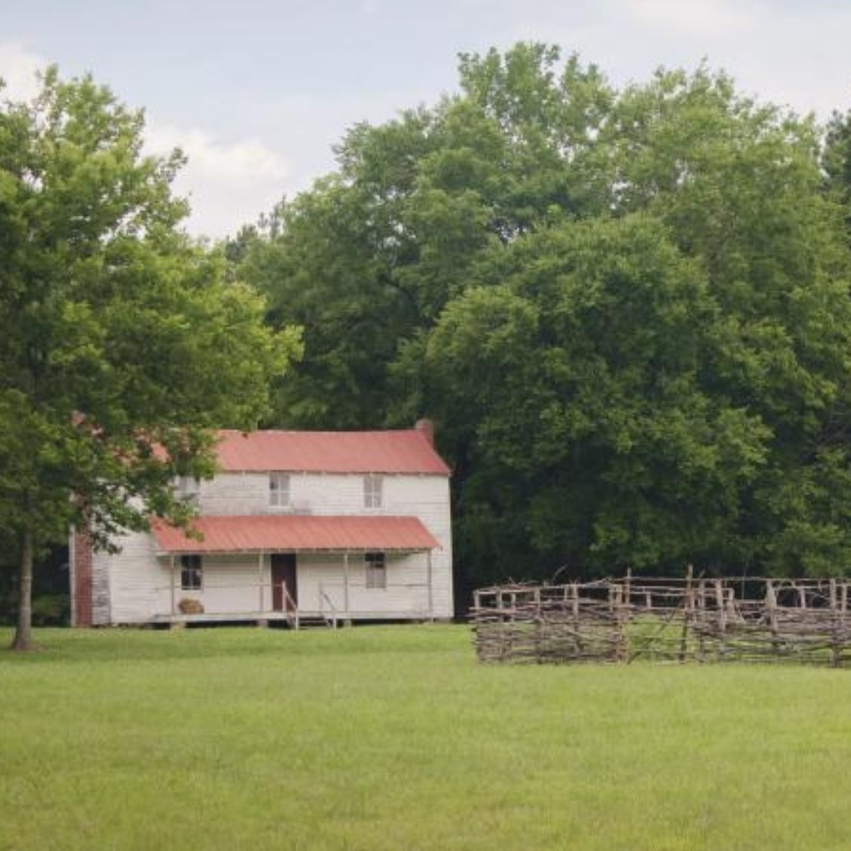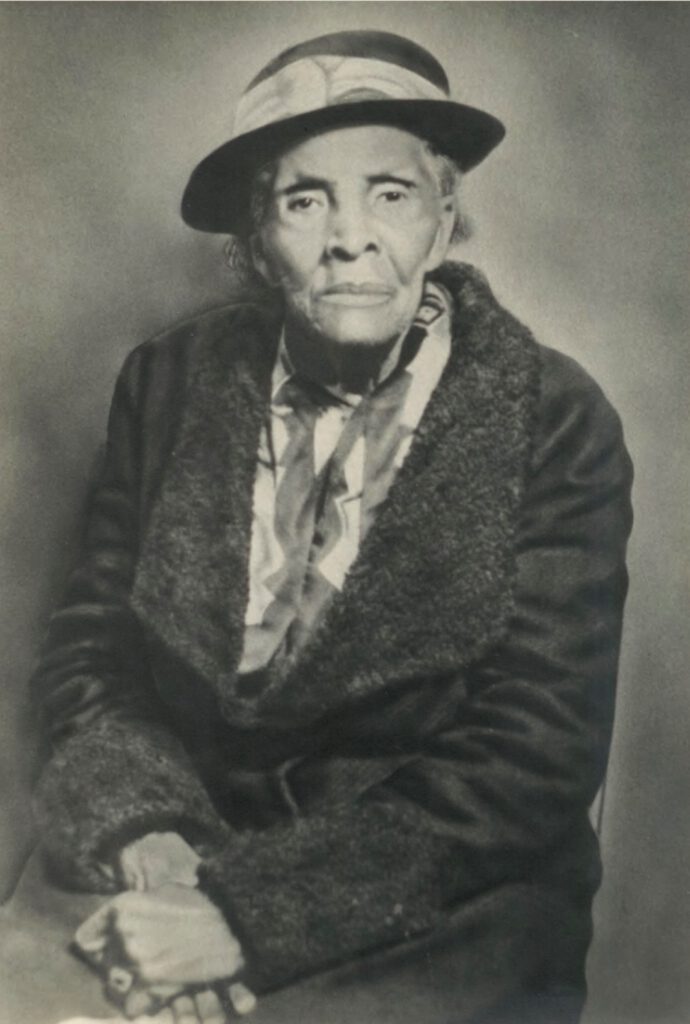A few weekends ago on a crisp warm Saturday, my fiancé and I went on…
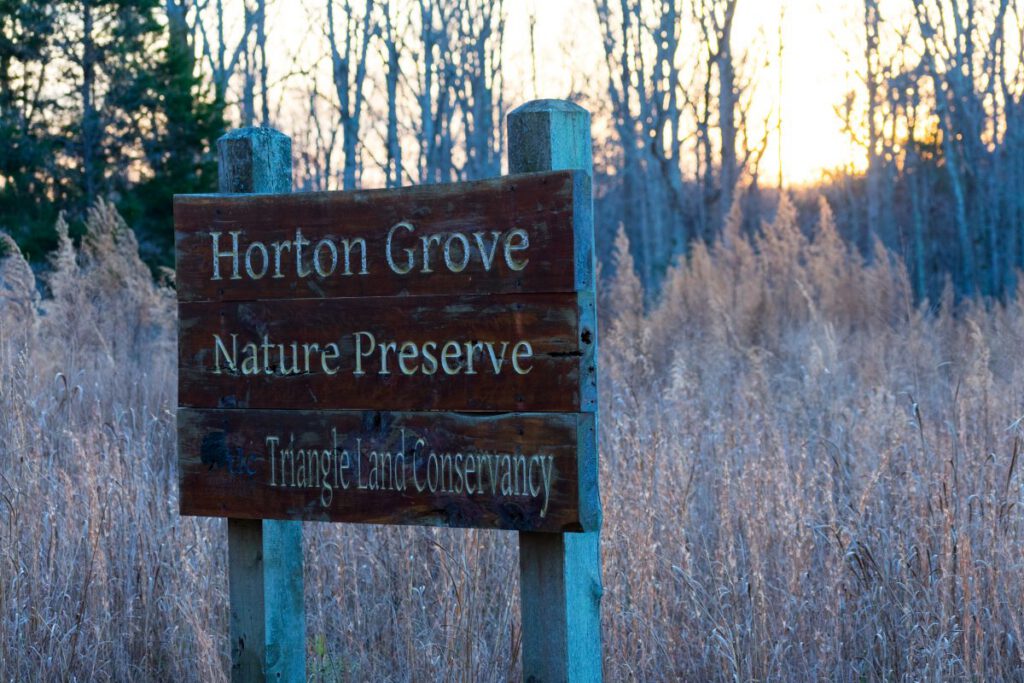
Opened in 2012, Horton Grove Nature Preserve is TLC’s largest public preserve, with eight miles of walking trails and 708 acres of land. Throughout the preserve, you’ll find yourself immersed in diverse landscapes of forests and meadows, as well as a deep history from the land’s past. Horton Grove Preserve sits on land that was once part of one of the largest plantations in North Carolina, owned by the Bennehan and Cameron families. By 1860, over 900 people were enslaved on the 30,000 acres plantation, which today is known as Stagville.
In the effort to honor the legacies of the people who were forced to live and work on this land, as well as the communities who continued to thrive here after emancipation, TLC named each of the eight trails at Horton Grove after several local Black families. Thanks to the research and work of staff from nearby Historic Stagville State Historic Site, TLC is able to share the stories of the resilience and legacies of the enslaved families that lived on the land that we protect today.
We encourage you to take a moment to read below about each of the families and individuals who are honored as namesakes of the trails, and to visit Historic Stagville, a public state historic site that teaches and preserves the local history of slavery and emancipation.
Sowell Trail
Amy Sowell Shaw was one of the key figures in the freed people’s community at Stagville after 1865. Born in the 1850s, she served as a midwife and community leader for almost one hundred years, until her death in 1948. She likely taught her healing and midwifery skills to her descendants. Her descendants used those same skills to care for Black women in the tobacco factories of Durham.
In August 2023, TLC and Historic Stagville welcomed members of the Sowell-Shaw family to Horton Grove to dedicate a new bench and learning library on the Sowell Trail. Coming as far away as Ohio and as close as Durham, family members gathered to remember their ancestor and took a short hike to the bench spot. You can find the bench and the lending library, which are dedicated to both Amy Sowell Shaw and all those once held in bondage at Horton Grove, in a peaceful spot overlooking the large pond on Sowell Trail.
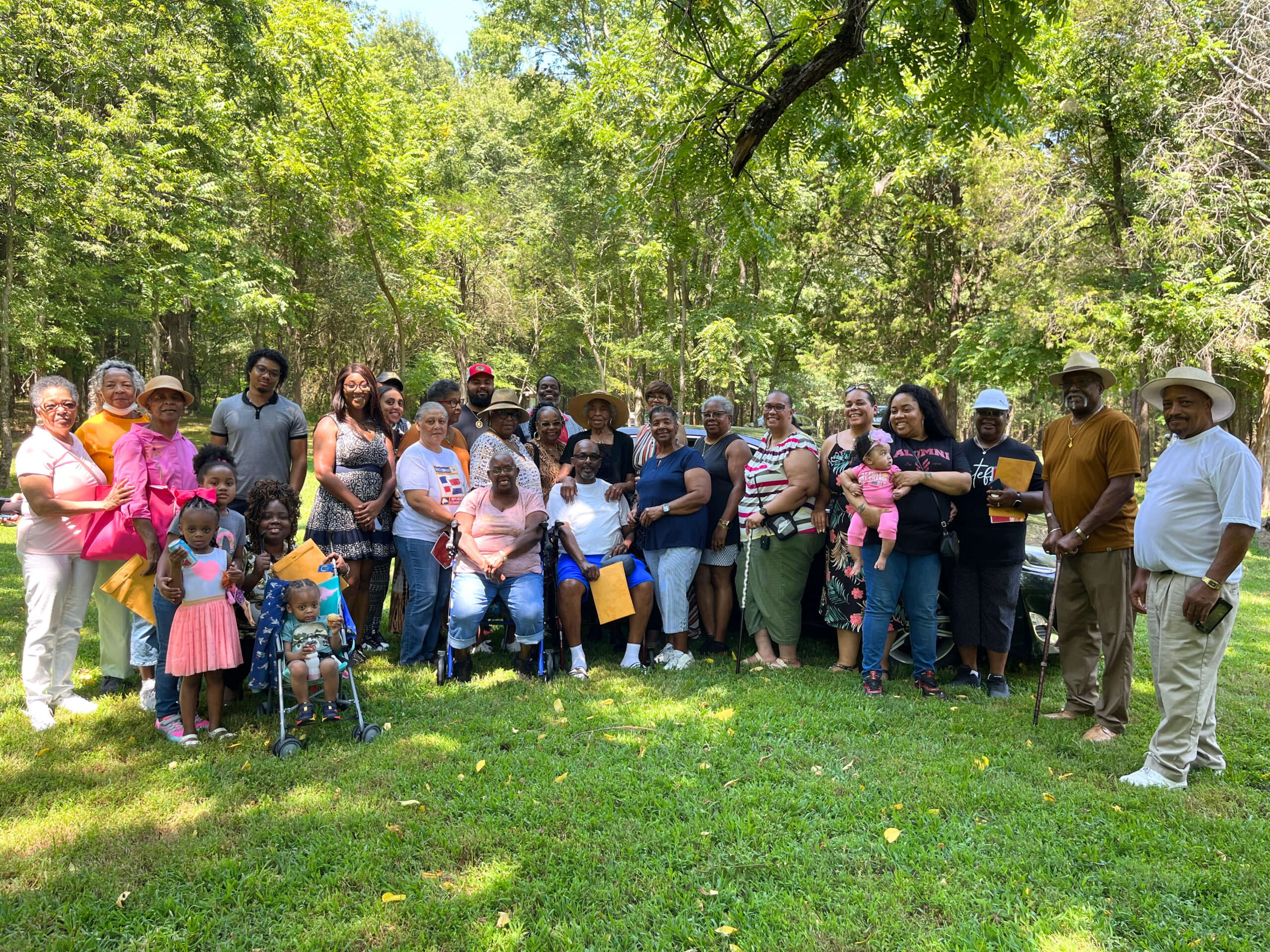
Justice Loop
The modern Justice family is descended from some of the first enslaved people ever recorded at Stagville: Ned, Esther, Betty, and Cato. Justice descendants have lived in Durham County from 1776 to now, through generations of enslavement and freedom. Throughout slavery, the Justices preserved family names like Solomon, John, Alvis, and McKenzie.
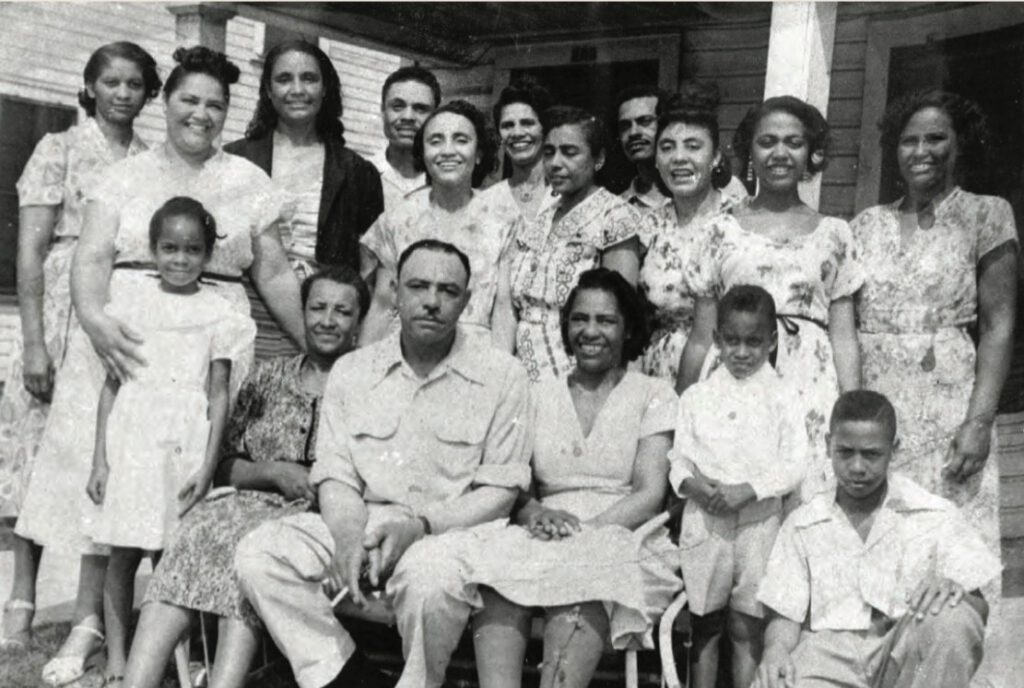
Jordan Trail
Abner Jordan was one of three people interviewed at Stagville for the Works Progress Administration Slave Narrative Project in 1938. In his interview, he reports that he was born enslaved at Stagville in 1832. His father was a blacksmith and foreman on the plantation. Abner’s father blew a horn each day to signal to enslaved workers that they could leave the fields and return to their quarters. After emancipation, Abner Jordan moved to Hillsborough and Durham.
You can read Abner Jordan’s full interview by the WPA here.
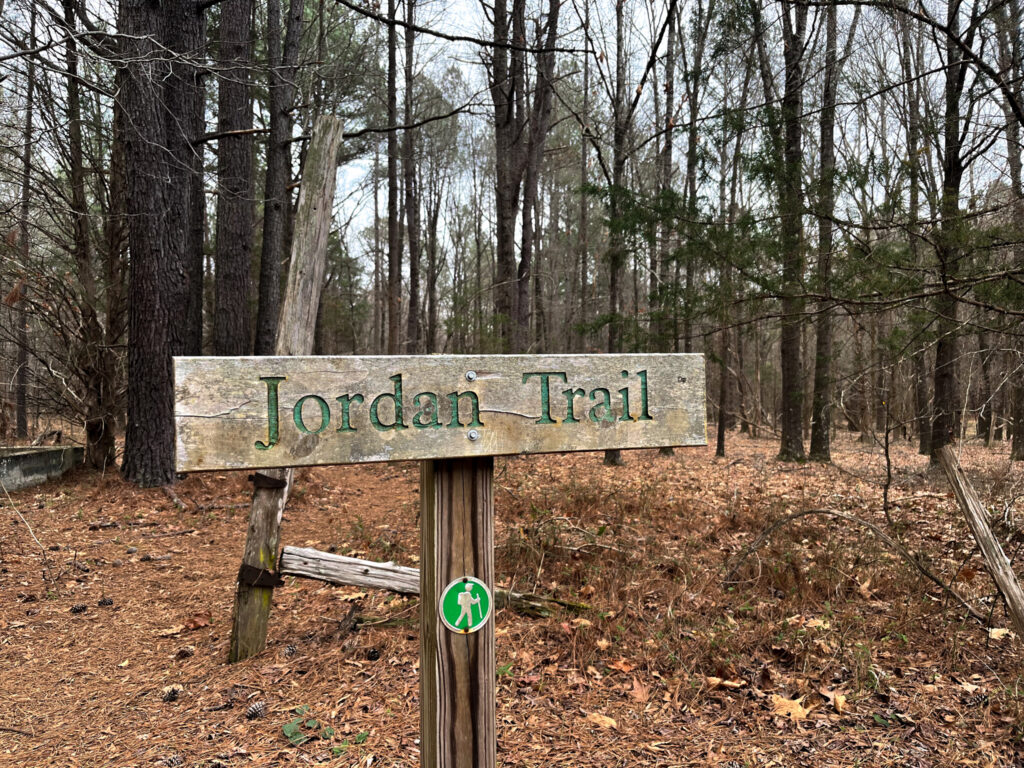
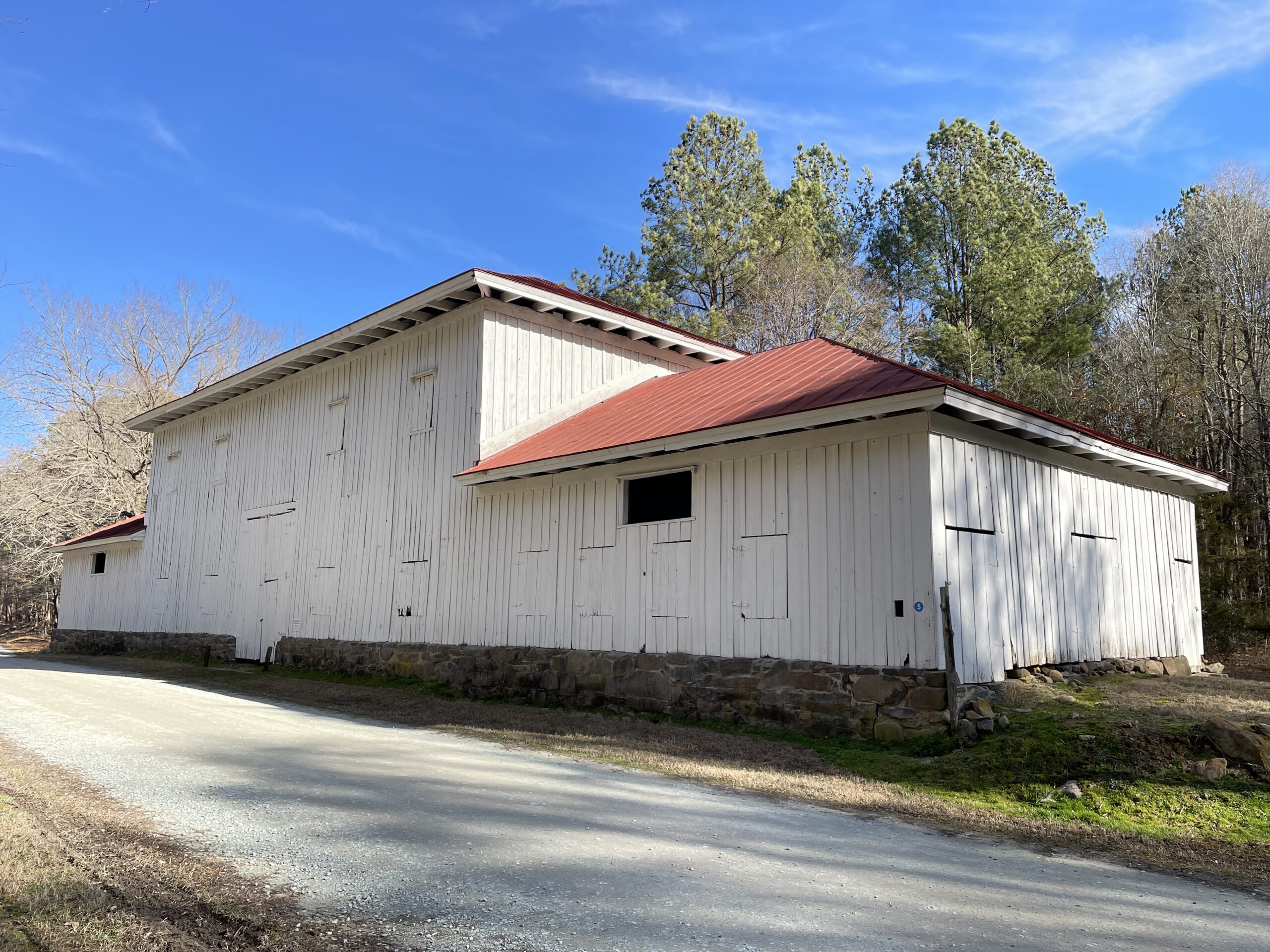
Peaks Loop
The Peaks family traces their ancestry back to Henry, an enslaved man listed in the plantation records. The Peaks family name may be connected to “Peaksville,” a southern section of the plantation close to modern Durham. In 2018, over 120 Peaks descendants from all over the US reunited at Stagville for a family reunion.
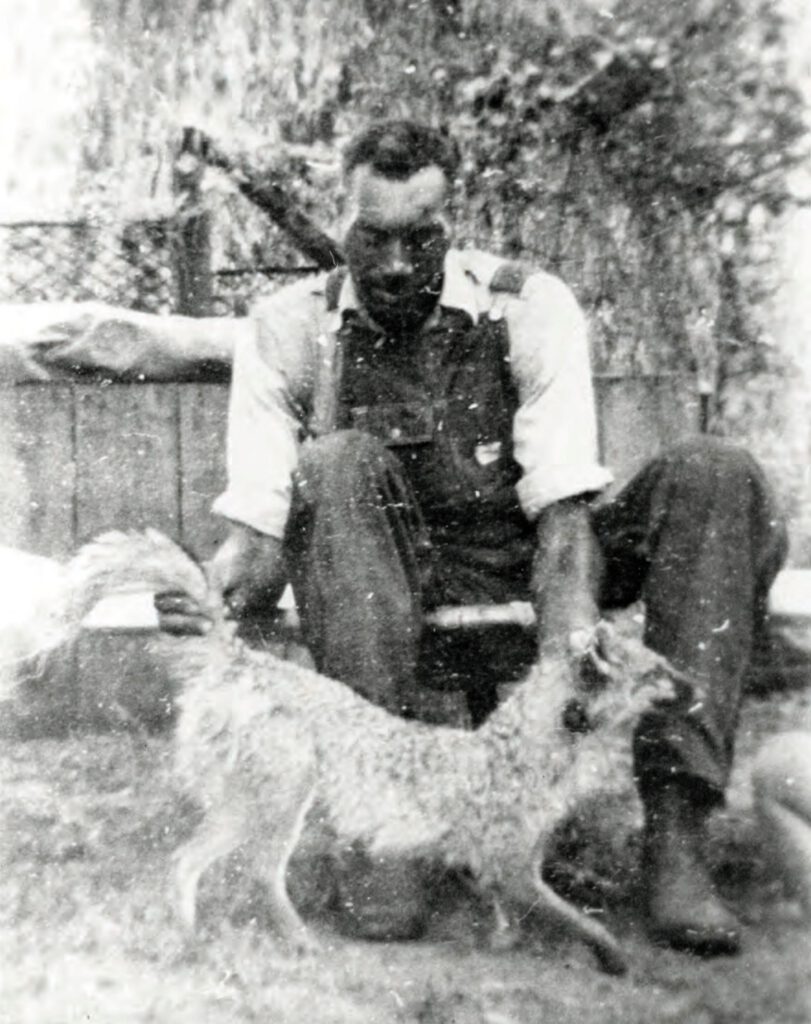
Walker Trail
Walker is one of the most famous surnames connected to Stagville because of Mary Walker’s bold efforts to liberate herself and her family. An enslaved woman born on the Cameron plantation; Mary freed herself in 1848 while traveling to Philadelphia with the Camerons. She organized for years to get freedom for her children, Francis, Agnes, and Bryant Walker. 17 years later, after Emancipation, she reunited with Agnes and Bryant and their family home still stands in Cambridge, Massachusetts.
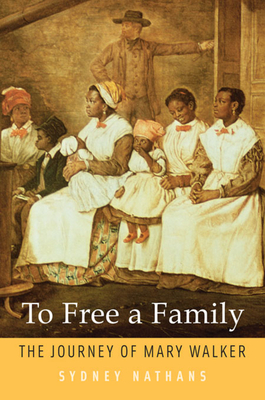
Holman Loop
The Holman house is the second house in the row at Horton Grove. It is named for George Holman and his wife Janie Umstead Holman, a sharecropping family who lived in this renovated slave dwelling in the 1930s. George and Janie were descendants of freed people from Stagville.
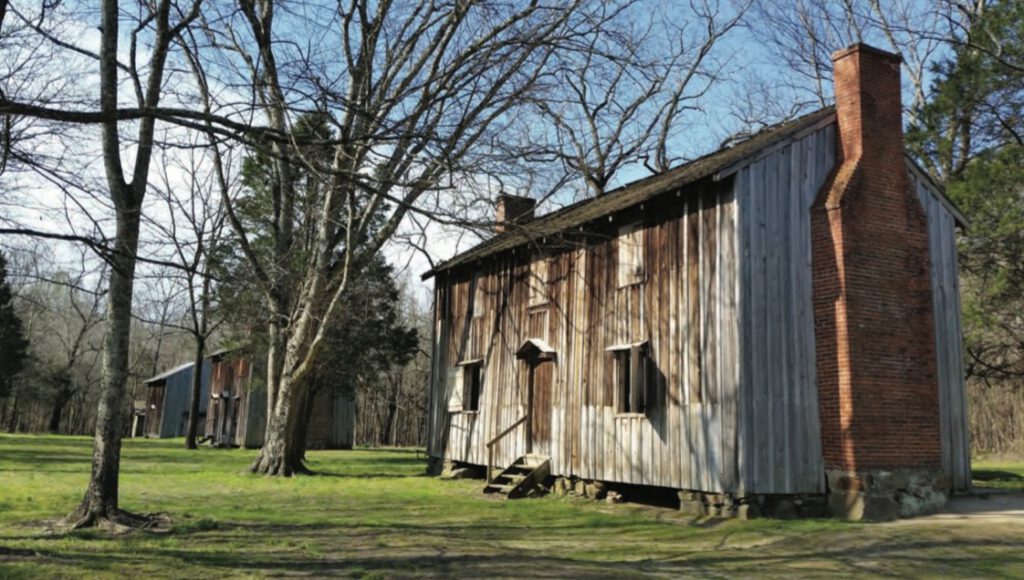
Latta Trail
Reverend Morgan L. Latta was born enslaved on the Cameron plantation and was 12 years old when slavery ended. His deep value for education led him to attend Shaw University, later becoming a teacher. He founded Latta University in Raleigh, which educated freedmen and orphans from 1892-1920. The Latta House in the Oberlin neighborhood, which burned down in 2007, was a Raleigh Historic Landmark and listed on the National Register of Historic Places. Plans are in place to establish a Latta University Historic Park on the site.
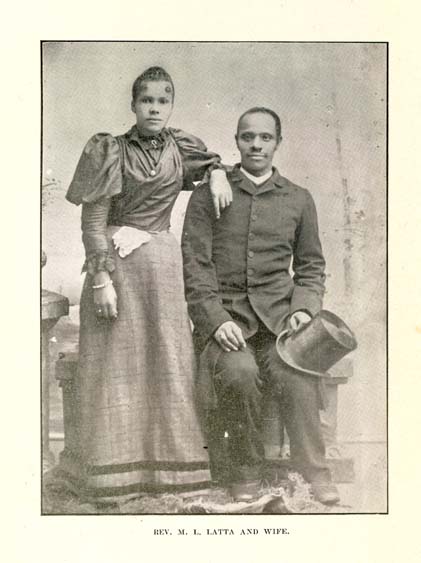
Hart Trail
The Hart house is the white house with the red roof at Horton Grove. The Hart house is named for Cy Hart, the son of Ephraim Hart and Nelly. Ephraim and Nelly were emancipated at Snow Hill in 1865 and Cy Hart moved to Horton grove as a sharecropper years later. The Hart descendants have been connected to Historic Stagville since 1977, preserving and documenting the important history of their family line.
